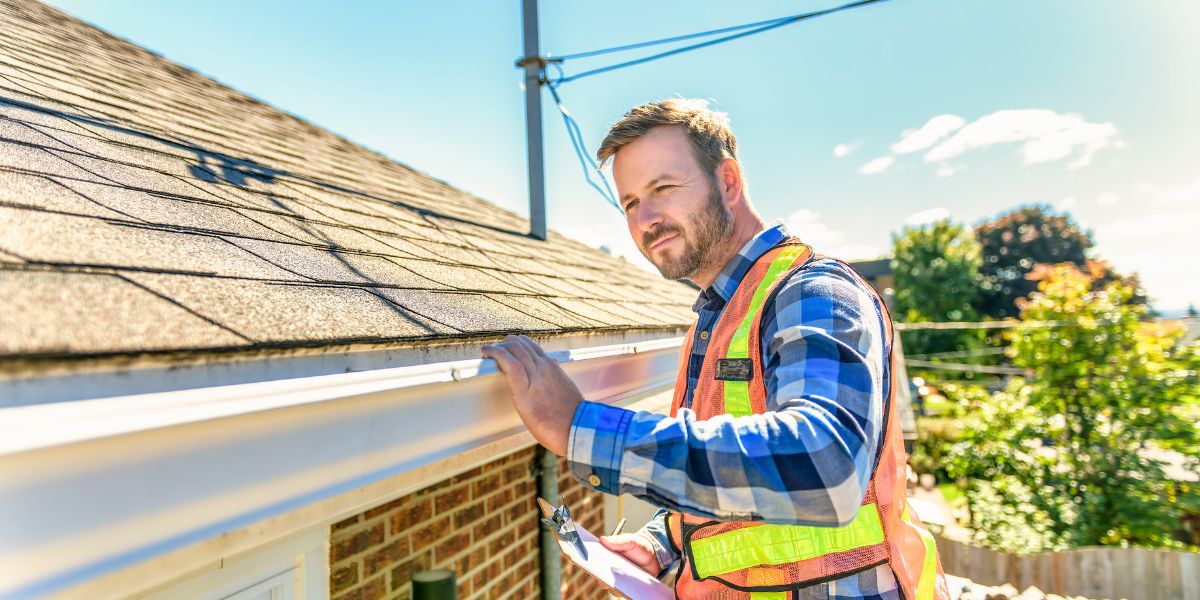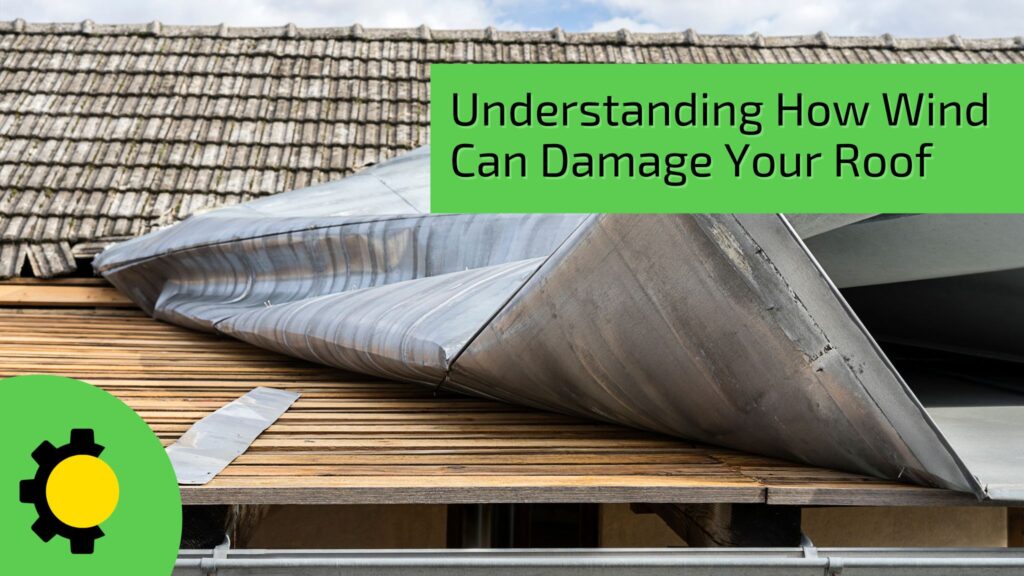When a storm rolls through, it’s often the wind, not just the rain, that leaves roofs vulnerable to extensive damage. High winds can impact your roof in ways you might not see immediately, but the effects are often costly. From tearing off shingles to creating entry points for moisture, wind damage isn’t limited to hurricane-level gusts. Even moderate winds can weaken a roof’s defenses, ultimately requiring repair or replacement. Understanding how wind affects your roof can help you stay proactive about roof maintenance and protect your home.
Types of Wind-Related Roof Damage
High Wind Speeds (Hurricane and Gale-force)
Winds reaching gale force (39–54 mph) or hurricane strength (74 mph+) can be particularly destructive to a roof’s structure. In these conditions, shingles are at risk of being torn off entirely, leaving the underlayment and roof deck directly exposed. This lack of protection can lead to immediate water infiltration, increasing the risk of leaks and water damage inside the home. Even if the roof doesn’t suffer full shingle loss, the constant force of high-speed winds may wear down materials over time, resulting in cumulative damage that shortens the roof’s lifespan.
Tearing and Shingle Removal
High gusts not only remove shingles but also loosen them, reducing their ability to stay securely fastened to the roof. Asphalt shingles that have been partially torn from the roof are more prone to further damage in future storms, creating a cycle of wear that weakens the overall roof structure. Each missing or damaged shingle becomes an entry point for water, allowing it to seep through and damage the layers below, ultimately impacting the home’s interior.

Less Intense Wind Damage and Its Long-Term Effects
Lifting and Curling of Shingles
Even winds that aren’t hurricane-level can still lift and curl shingles, a sign that the adhesive seal holding them in place has weakened. When shingles curl, they no longer lie flush against the roof, and this uneven surface becomes more susceptible to water infiltration. Over time, curled shingles make it easier for subsequent wind events to peel back more of the roof’s protective layers, exacerbating damage.
Moisture Infiltration
When shingles are lifted, they create small gaps that let moisture seep into the roof structure. Although this process might start slowly, the moisture buildup can rot the underlayment and decking, weakening the entire roof. Once moisture finds a way in, it doesn’t just cause structural issues; it can also create an environment for mildew and mildew growth, posing additional risks to both the roof and the home’s interior air quality.
Identifying Signs of Wind Damage
Not all wind damage is immediately obvious, so knowing what to look for after a storm can help prevent small issues from becoming major problems.
Visible Signs
Walk around your property and look for any missing, cracked, or displaced shingles. If you can safely view your roof, check for shingles that appear lifted or misaligned. Shingles scattered on the ground after a storm are a clear indication that your roof has taken a hit.
Hidden Damage
Often, wind damage isn’t obvious until it starts causing leaks or water damage inside the home. Check for granules from shingles in your gutters or downspouts, as this can indicate wear from high winds. Additionally, have a professional inspect your roof for less visible signs, such as loose or weakened shingles, which could compromise the roof’s structural integrity over time.

Preventive Measures and Immediate Action Steps
Taking preventive steps after a storm can go a long way in protecting your roof and minimizing future repair costs.
Regular Inspections
Schedule regular roof inspections, especially after storms with high winds, to catch damage early. Inspections by residential roofing professionals can identify issues that may not be visible from the ground, such as lifted shingles or damaged flashing around vents and chimneys.
Quick Repairs
Address any signs of wind damage promptly. Repairing or replacing damaged shingles soon after they’re compromised can prevent further deterioration and moisture infiltration. Quick fixes can save significant repair costs in the long term and help maintain the roof’s overall resilience.
Conclusion
Wind damage can be subtle, but even minor lifting or loosening of shingles can make your roof vulnerable to the elements. By staying vigilant and addressing wind-related issues quickly, you can prevent minor damage from evolving into costly problems. Regular inspections and timely repairs are key to extending the life of your roof, helping you maintain a strong defense against future storms and protecting your home’s value.

